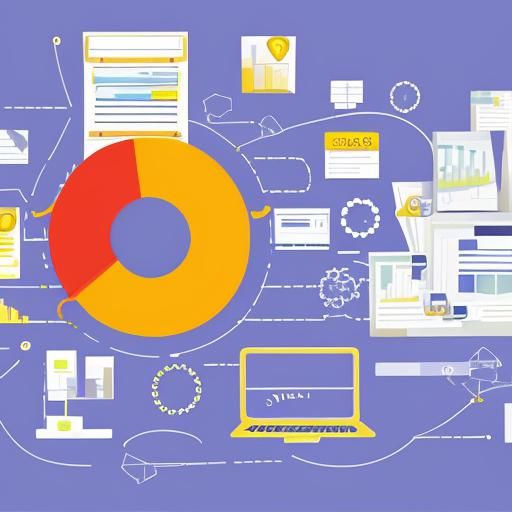Three Procurement Mistakes That Cost Companies Millions
Quite often, the managers in small and medium-sized companies refuse to execute their purchasing activities on a competitive basis. Sometimes they refuse to implement such practices due to a belief that it consumes too much effort and time to organize such purchasing activities. And this is a great misconception: after all, usually, purchasing managers prefer to work with familiar suppliers. As a result, such irresponsible managers put comfortable communication with suppliers or even personal gain at the forefront but not the benefits that the company would attain from executing the purchasing on a competitive basis. This results in millions of losses.

Mistake #1: “Bring me the best proposals from five vendors”
The first mistake is to allow the buyers to select suppliers at their own discretion. For example, the manager asks the buyers to bring from three to five proposals from any five vendors. The manager that gives such a task should realize that, as a result, there can be selected the irrelevant companies located on a neighboring street which are just resellers or just good friends of the buyer. And, definitely, such suppliers are not those who are really able to provide the best offerings. Such an approach not only leads to financial losses, but also biases the manager’s perception about the number of manufacturers that are able to supply a particular line item, and who gives the best proposals.

Mistake # 2: Allow the purchaser to set the evaluation criteria
A more advanced and transparent approach to configuring procurement activities is to implement a convenient procurement automation solution with a multi-criteria supplier evaluation tool. When it comes to designing supplier evaluation criteria, managers often do not set criteria at the level of some corporate standards and simply assign the buyers to set these criteria. As a result, the buyers may set the criteria that will provide more chances for the “right” supplier to win. For example, if the buyer will use the “Reliability of Supply” criteria then any new supplier will immediately lose to the existing one, because it simply does not have a history of cooperation, and it will not score on this criteria.
Case
One building materials company faced with the following situation: year after year, the winner was the most expensive supplier of raw materials. And moreover, this supplier was winning the contests officially, in a framework of sourcing events according to a set of criteria. Through a revision of a set of criteria, the examinators found that the buyers established the criteria in favor of those suppliers with whom it was comfortable to work: they are trusted, they provide the requested information and all necessary documents in a timely manner, the communication has been established with the employees of this supplier a long time ago, etc.. As the audit revealed, the comfort of the buyers cost the company millions of dollars.

Mistake #3: Conducting Sourcing Events Manually
A much more advanced and effective approach is conducting sourcing events. By utilizing such an approach it would be possible not only to select the best proposal but also to influence the terms provided by suppliers, as they begin to compete with each other. Yes, such a practice consumes a lot of time and effort if everything is done by hand. Even now there are still some companies that practice a rudimental approach to conduct sourcing events manually instead of using automation. Today it doesn’t even make sense to raise the question “Is it worth it to automate the sourcing activities?”, it would be much more appropriate to ask another question: “Which platform should be utilized?”.
The following criteria can be used for the evaluation of the platform:
- the availability of a personal profile which can be used by the manager to evaluate the sourcing event, past spendings, and other key parameters
- recording the data: this will allow you to analyze and review purchases in detail
- capability to initiate the contract with the awardee after completing the sourcing event and store all the contracts in a single database
- the ability to set the appropriate supplier evaluation criteria (that would not be subjective)
- complete automation of all sourcing activities
- convenient data security standards
The most secure and flexible would be utilizing your own platform. And, if you think that such a solution is too expensive, you are mistaken. Advanced and affordable SaaS sourcing solutions for a couple of hundred dollars a month will provide you with even more functionality than you need. Yes, on some public platforms, you will not need to invite suppliers to bid because they can attend the sourcing event themselves. But in most cases, you will lose in terms of functionality and flexibility, and information about your purchasing activity will be open to everyone, including competitors.
